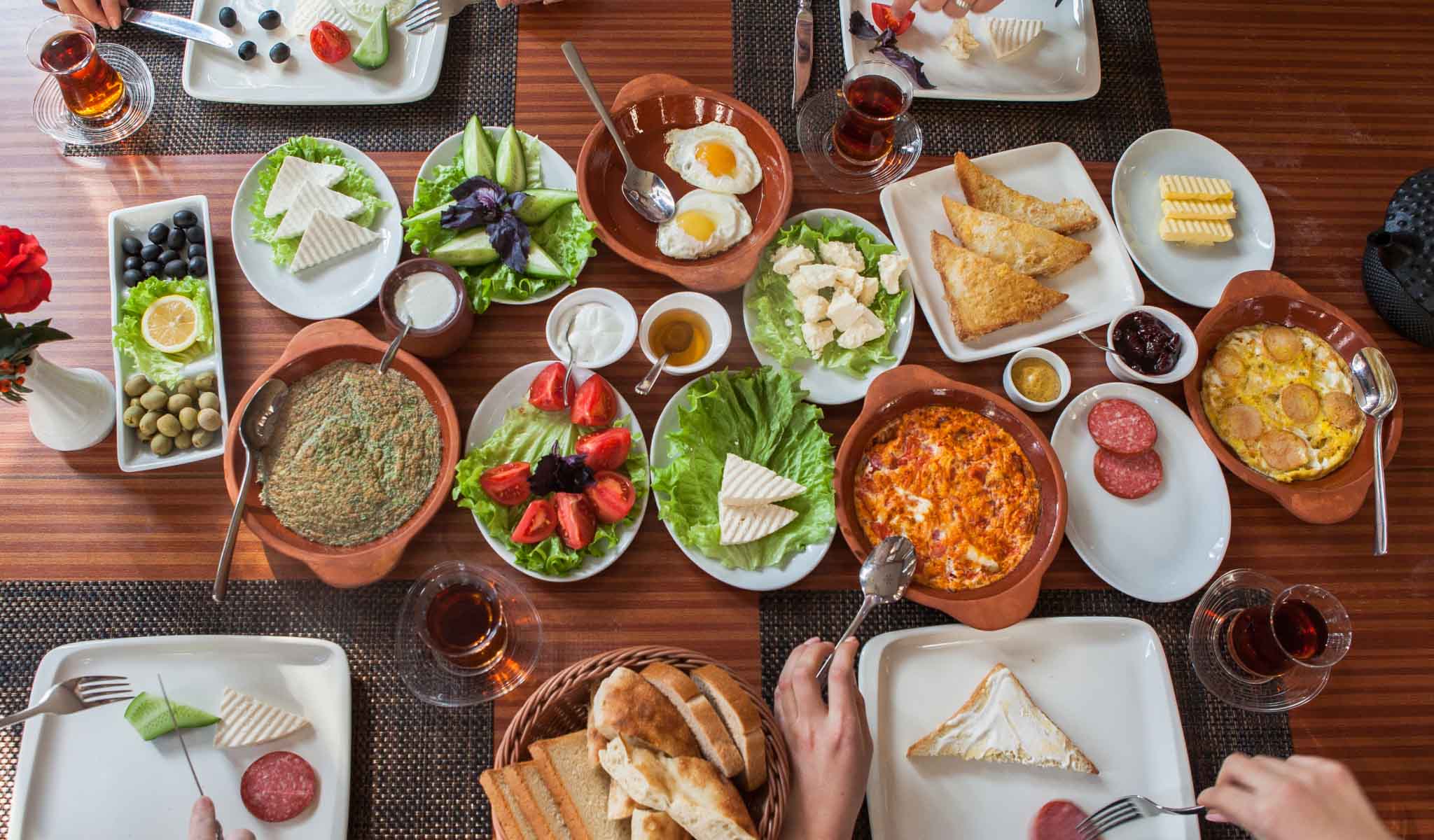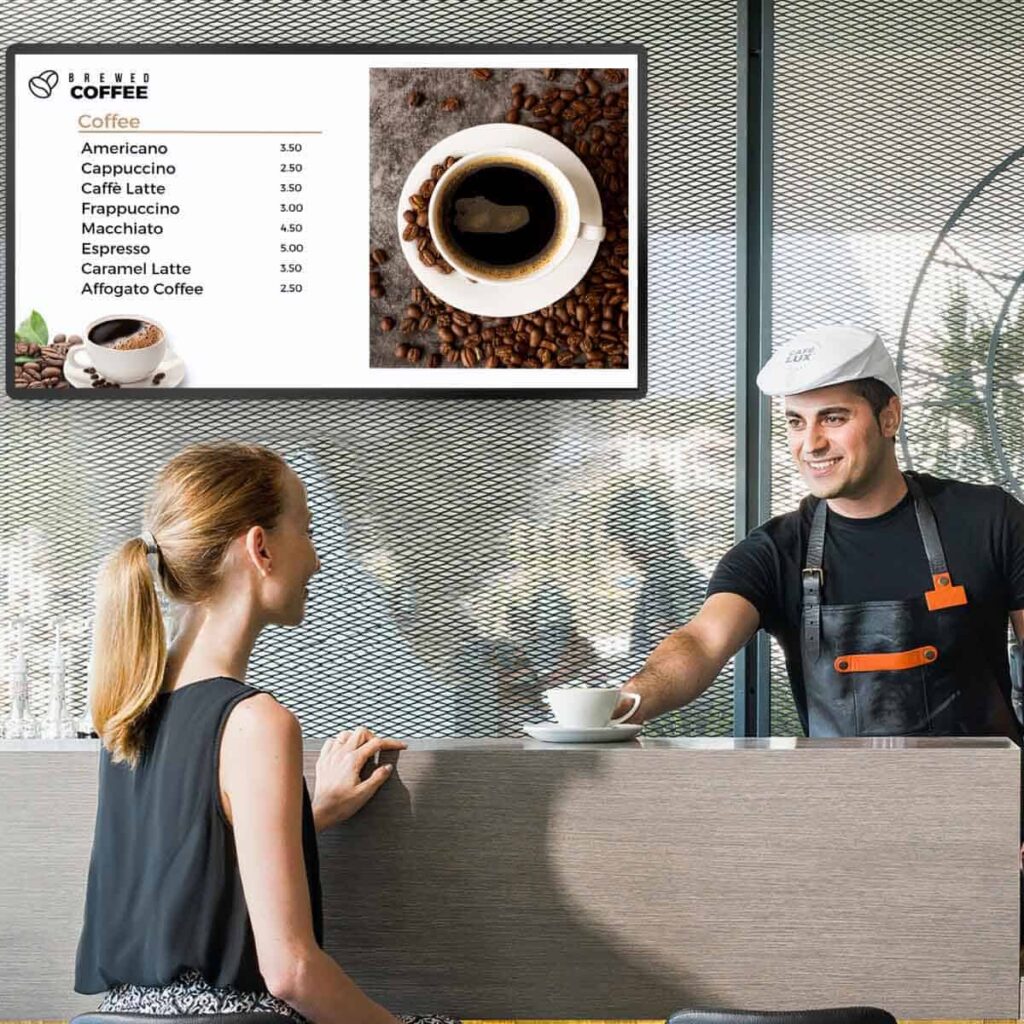Have you even heard the term ‘Menu Engineering’?
If not, you are yet to reap the benefits of a thoughtfully designed menu. A few years back, Gallup found that the typical customer spends around 109 seconds (about 2 minutes) reading a menu.
It’s not just about building your menu with a fancy looking design.
Menu engineering is basically a clever way to create and price a restaurant menu that makes the most money. It’s all about looking at how much it costs to make each dish, how much people like them, and then deciding which ones to show off, how to charge for them, and how to list them on the menu.
The main goal is to boost the restaurant’s cash flow and profits by showcasing the dishes that bring in the most cash and making sure everything’s priced just right.
Step-by-step Process of Design a Right Menu with Menu Engineering

Now that we have gone into the nitty gritty of it, let’s learn more about the steps you need to follow:
- Decide on a timeframe to update
- Associate costs with menu items
- Categorize menu items
- Restructure or redesign your menu
- Analyse and improvise
Decide on a timeframe to update
For the restaurants that serve seasonal menu items, it gets quite frequent to upgrade your menu and analyze it 3-4 times a year.
If you’re running a restaurant and you don’t often change up your menu, you can get away with reviewing it less often.
But here’s the important thing: don’t fall into the trap of never checking your menu prices. Food costs can go up and down, and you’ve got to keep your menu prices in sync with that.
If your food costs go up but your menu prices stay put, your profit margins will take a hit, and you’ll end up making less dough from each sale.
Make sure to check on your menu prices and updates every 3 months.
Associate costs with menu items
Calculate your food cost per serving item. You can do that by segregating what ingredients you bought are able to serve.
Let’s say you bought 10 pounds of boneless chicken breasts worth $45, and you can make around 40 burger chicken patties from it.
So, the average cost of the boneless chicken breast per burger would be $1.125.
Similarly, you can find the prices of each ingredient in the chicken burger and then add it up to find your average cost per food item in the menu.
Now deduct that price from the sales price of the item on the menu and you will get your profit margin.
Keep analyzing this every quarter and make sure to take care of any changes in the menu due to an overall increase or decrease in the cost of the menu items.
Categorize menu items

Now you can go on to segregate your menu items and categorize them based on profitability and popularity.
Bring in the menu brings into picture and place each menu item in the category as needed.
There are 4 types that you need to segregate the items on
a) Plowhorses – Low profits, high popularity
Plowhorses are those dishes on the menu that people really like, but they cost more to make. The goal for these menu items is to make more money from them.
You can do this by either charging more for them, finding cheaper ingredients, changing the recipe a bit, or serving them with sides and drinks that make a lot of profit.
b) Stars – High profits, high popularity
Stars on your menu are the real winners. They’re easy on your wallet to prepare, and customers love to order them.
Instead of changing these menu items, it’s a good idea to keep them just the way they are and promote them as much as possible.
c) Duds – Low profits, low popularity
Duds are those menu items that cost a lot to prepare, and nobody really orders them. They’re like the party crashers on your menu.
You have a few options with these duds: you can kick them out of your menu entirely, downplay them so they’re not as noticeable, or tweak the price and ingredients based on what your customers are saying.
d) Puzzles – High profits, low popularity
Puzzles may be designed with all the bells and whistles for making a buck, but for some strange reason, they just aren’t flying off the shelves. Take a gander at these menu offerings and stack them up against your tried-and-true Stars and Plow horses to check if they blend in with the taste and style your customers already love.
You can also check if there are any extra ingredients you can toss in to jazz up these dishes and make them even more tempting.
Restructure and redesign your menu
Now that you have categorized your menu items into different sections based on the menu matrix, it’s time to redesign your menu based on your conclusions.
It is obvious that stars are going to be the highlight of your menu. Puzzles are the second category that you need to pay most attention to too.
With the right attention, you have the scope of converting your puzzle items into stars. Since the only problem with the puzzles is that they are not popular, you can go on to create a different and uniquely designed slide, so they get more attention, and your customers are prompted to try them out.
You can also give them as a complimentary item for a few days of the week if the order value exceeds a certain amount. Talk to your kitchen staff and see how you can modify your Plowhorses to be more profitable.
Clearly the duds need to be removed.
Talking about the design, it’s always a good idea to chat with your servers. Ask them which dishes are flying off the shelves, which ones they struggle to sell, and if there are any dishes that customers aren’t too thrilled about.
Send out a Typeform survey to your awesome customers or the folks in your loyalty program. Find out what they absolutely love about your restaurant – it’s always great to hear the good stuff! But don’t be shy to ask what they think could use some improvement.
Analyse and improvise
After you’ve wrapped up your menu makeover and it’s been up and running for about a month, take a look at your sales figures to see if the changes you made have actually worked out in your favor. Did those fancy new puzzles sell like hotcakes? Or what percentage of profits did you make?
Depending on what you uncover, you’ve got some options. If things are looking up, you might want to keep fine-tuning your existing dishes and experimenting with some fresh ones.
Just keep analyzing and making improvements as you need every month, and you will notice the hard work pays off.

With the digital menu board solution of Priority1 POS, you are free to create TV screen menu of your choice and test it out to see what works best for you.
The cherry on the cake is that you get 500+ in-built menu board templates that you can pick up and edit as you need. All these templates have been designed keeping the market needs in mind and give you a modern, classic and clean look.
Reach out at [email protected] to learn more about how our digital menu board solution can be a perfect fit to help you design a menu that beats inflation and helps you grow your profits.

 Cart is empty
Cart is empty 

